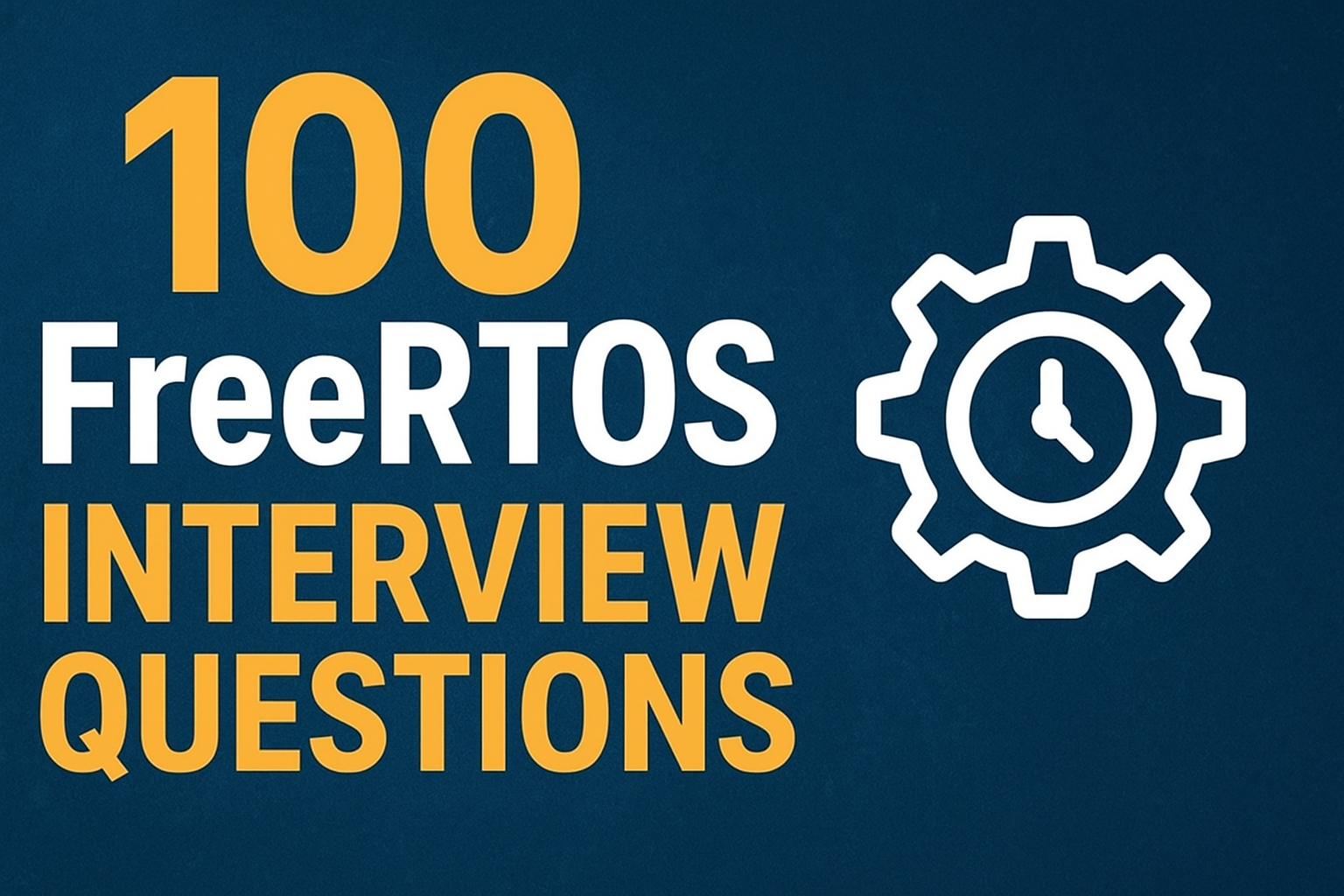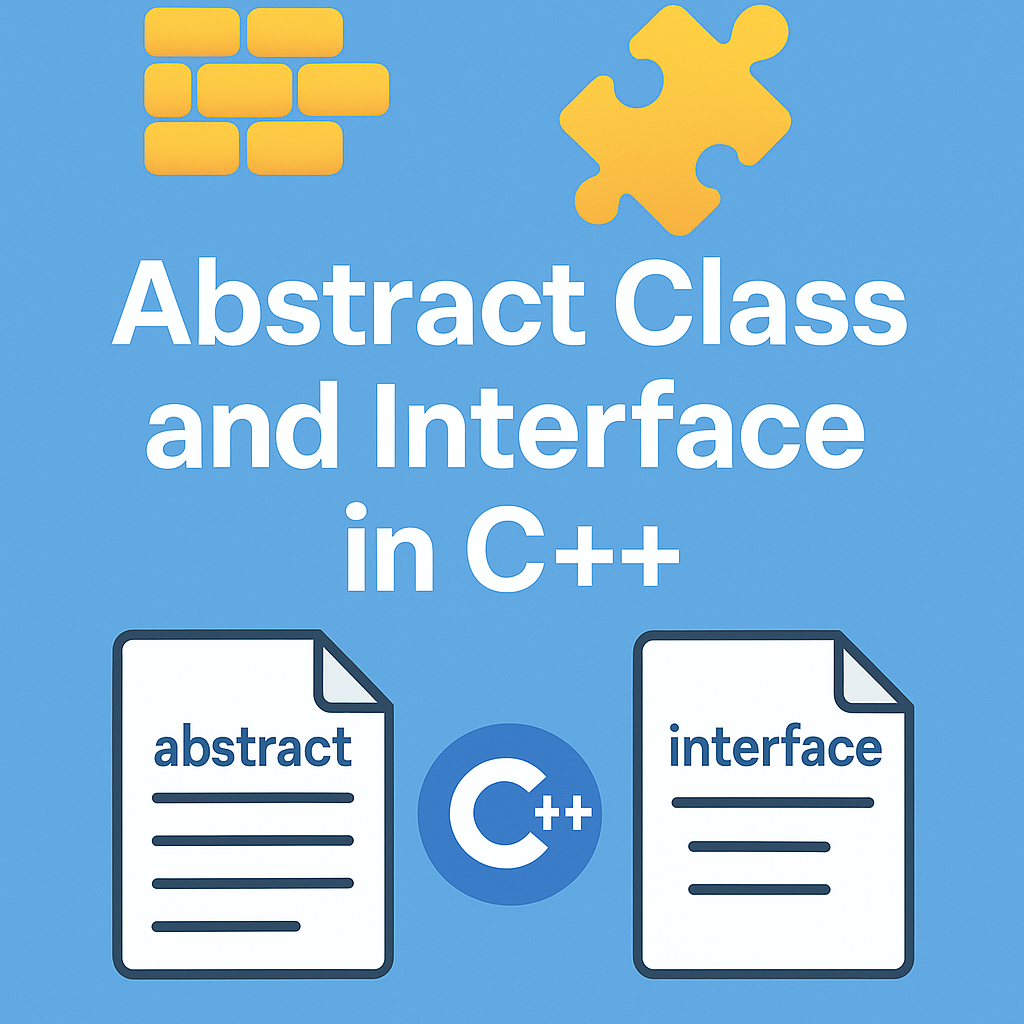What is Adaptive AUTOSAR : Adaptive AUTOSAR is transforming how modern vehicles are designed. As cars become smarter and more connected, automotive software needs to handle complex tasks like autonomous driving, advanced driver assistance systems (ADAS), and over-the-air updates. This is where Adaptive AUTOSAR comes in, offering a flexible and high-performance automotive software architecture.
In this article, we’ll explain Adaptive AUTOSAR, how it differs from Classic AUTOSAR, and why it’s essential for the future of the automotive industry.
What is AUTOSAR?
AUTOSAR (AUTomotive Open System ARchitecture) is a global standard for automotive software architecture. It helps car manufacturers and suppliers build software that is modular, reusable, and interoperable across different electronic control units (ECUs).
Until recently, most vehicles relied on Classic AUTOSAR, which is perfect for simple, time-critical tasks running on small microcontrollers, such as controlling airbags, lights, or wipers.
However, modern vehicles need much more processing power and flexibility. That’s why the industry developed Adaptive AUTOSAR.
Why Do We Need Adaptive AUTOSAR?
Today’s cars are like computers on wheels. They need to handle:
- Advanced Driver Assistance Systems (ADAS)
- Autonomous driving capabilities
- High-performance computing
- Real-time data processing
- Over-the-air (OTA) software updates
- Secure communication
Classic AUTOSAR isn’t designed for these complex, data-heavy tasks. It runs on low-power microcontrollers with limited resources. In contrast, Adaptive AUTOSAR is built for powerful vehicle computers capable of running modern automotive applications.
What is Adaptive AUTOSAR?
Adaptive AUTOSAR is a modern automotive software platform designed to run on high-performance computers in vehicles. Unlike Classic AUTOSAR, which focuses on static and time-critical applications, Adaptive AUTOSAR supports dynamic and flexible software environments.
Here are key features of Adaptive AUTOSAR:
✅ High-performance hardware support
Runs on multi-core processors and high-speed memory.
✅ POSIX-based operating systems
Uses operating systems like Linux, which support multitasking and complex applications.
✅ Dynamic application management
Applications can be started, stopped, or updated while the vehicle is running, enabling OTA updates.
✅ Modern communication protocols
Uses technologies like SOME/IP and DDS for fast, reliable data exchange.
✅ Safety and security
Supports cybersecurity standards and functional safety for critical applications like autonomous driving.
Adaptive AUTOSAR Architecture Explained
The Adaptive AUTOSAR architecture consists of:
- Adaptive Platform Foundation
The runtime environment that manages system services, communication, and execution. - Platform Services
Standardized services for diagnostics, communication, logging, state management, and more. - Adaptive Applications
Software modules for features like ADAS, infotainment, and autonomous driving.
Everything communicates via standardized AUTOSAR APIs, making the system modular and easier to maintain.
Adaptive AUTOSAR vs Classic AUTOSAR
Here’s a quick comparison of Classic AUTOSAR vs Adaptive AUTOSAR:
| Feature | Classic AUTOSAR | Adaptive AUTOSAR |
|---|---|---|
| Hardware | Microcontrollers | High-performance computers |
| OS | RTOS | POSIX OS (Linux, QNX) |
| Application Behavior | Static | Dynamic |
| Use Cases | Low-level ECU control | High-performance computing, ADAS, Autonomous Driving |
| Communication | CAN, FlexRay, LIN | SOME/IP, DDS, Ethernet |
Benefits of Adaptive AUTOSAR
Using Adaptive AUTOSAR offers many benefits:
- Future-ready architecture for autonomous and connected vehicles
- Easier integration of software from different suppliers
- Supports complex software updates without replacing hardware
- Enhances vehicle cybersecurity
- Enables faster innovation in automotive software development
Why Adaptive AUTOSAR Matters for Automotive Software
As the automotive industry moves towards autonomous vehicles and connected services, the demand for automotive high-performance computing is increasing. Adaptive AUTOSAR is critical for handling big data, real-time processing, and secure software updates.
Automotive companies that adopt Adaptive AUTOSAR can deliver innovative features like:
- Lane-keeping and adaptive cruise control
- Autonomous driving algorithms
- Cloud connectivity
- Predictive maintenance
- Smart infotainment systems
In short, Adaptive AUTOSAR is shaping the future of automotive software architecture.
Conclusion
Adaptive AUTOSAR is not just a buzzword; it’s a fundamental shift in how automotive software is developed and deployed. It provides the flexibility, power, and security needed for modern vehicles and paves the way for next-generation innovations in mobility.
If you’re exploring a career in automotive software or working on future vehicle projects, learning about Adaptive AUTOSAR is a valuable step.
Frequently Asked Questions (FAQ) About Adaptive AUTOSAR
Q1: What is Adaptive AUTOSAR?
Adaptive AUTOSAR is a modern automotive software architecture designed for high-performance vehicle computers. It supports dynamic applications such as autonomous driving, advanced driver assistance systems (ADAS), over-the-air (OTA) updates, and secure communication, enabling smarter and more connected vehicles.
Q2: How is Adaptive AUTOSAR different from Classic AUTOSAR?
Classic AUTOSAR is tailored for static, time-critical tasks running on low-power microcontrollers (ECUs), such as controlling airbags or lights. Adaptive AUTOSAR, on the other hand, is built for powerful multi-core processors running POSIX-based operating systems like Linux or QNX, supporting dynamic, complex applications needed in modern vehicles.
Q3: Why do modern vehicles need Adaptive AUTOSAR?
Today’s vehicles require handling of advanced driver assistance, autonomous driving capabilities, real-time data processing, OTA software updates, and cybersecurity. Adaptive AUTOSAR provides the flexibility and computing power to meet these complex demands, which Classic AUTOSAR cannot efficiently handle.
Q4: What are the key features of Adaptive AUTOSAR?
- Support for high-performance hardware like multi-core processors
- POSIX-based operating systems (e.g., Linux, QNX)
- Dynamic application lifecycle management (start, stop, update apps on the fly)
- Modern communication protocols such as SOME/IP, DDS, and Ethernet
- Built-in safety and cybersecurity standards
Q5: What types of applications run on Adaptive AUTOSAR?
Adaptive AUTOSAR hosts software modules for advanced vehicle functions including ADAS features, autonomous driving algorithms, infotainment systems, and cloud connectivity services.
Q6: How does Adaptive AUTOSAR improve vehicle software updates?
It enables over-the-air (OTA) updates, allowing software applications to be updated dynamically without needing to replace or physically access vehicle hardware, ensuring vehicles stay up to date with the latest features and security patches.
Q7: What automotive industries benefit from Adaptive AUTOSAR?
Automotive manufacturers, Tier-1 suppliers, and software developers working on connected vehicles, autonomous driving systems, and advanced infotainment solutions benefit from the flexibility and scalability of Adaptive AUTOSAR.
Q8: Is Adaptive AUTOSAR secure?
Yes, Adaptive AUTOSAR supports robust cybersecurity measures and functional safety standards to protect critical vehicle functions and ensure safe operation, especially in autonomous driving scenarios.
Q9: How does Adaptive AUTOSAR impact the future of automotive software?
Adaptive AUTOSAR is a key enabler for next-generation automotive innovations such as autonomous vehicles, connected car services, and smart infotainment systems, making vehicle software more modular, scalable, and future-proof.
Mr. Raj Kumar is a highly experienced Technical Content Engineer with 7 years of dedicated expertise in the intricate field of embedded systems. At Embedded Prep, Raj is at the forefront of creating and curating high-quality technical content designed to educate and empower aspiring and seasoned professionals in the embedded domain.
Throughout his career, Raj has honed a unique skill set that bridges the gap between deep technical understanding and effective communication. His work encompasses a wide range of educational materials, including in-depth tutorials, practical guides, course modules, and insightful articles focused on embedded hardware and software solutions. He possesses a strong grasp of embedded architectures, microcontrollers, real-time operating systems (RTOS), firmware development, and various communication protocols relevant to the embedded industry.
Raj is adept at collaborating closely with subject matter experts, engineers, and instructional designers to ensure the accuracy, completeness, and pedagogical effectiveness of the content. His meticulous attention to detail and commitment to clarity are instrumental in transforming complex embedded concepts into easily digestible and engaging learning experiences. At Embedded Prep, he plays a crucial role in building a robust knowledge base that helps learners master the complexities of embedded technologies.



Leave a Reply